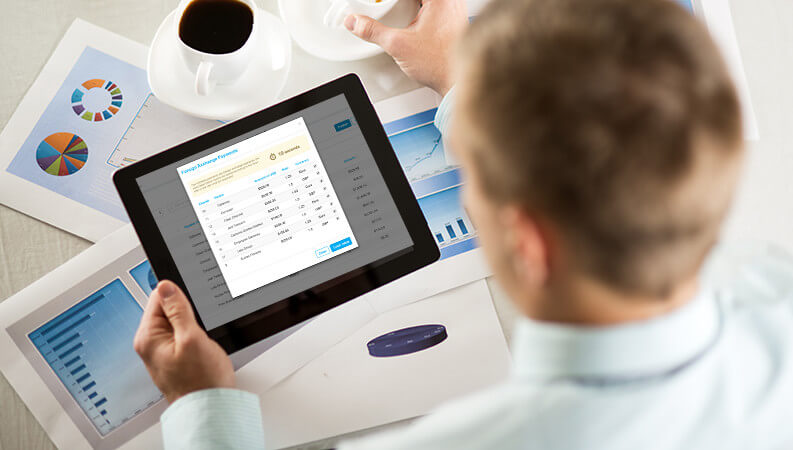There are few geographic boundaries in business today, especially for large corporations. However, paying overseas vendors, business partners, and employees can be complicated, especially with companies often using more than one payment method. There is now a demand for solutions that pull all of a business’s finances into one, easy-to-maneuver dashboard.
The financial technologh (fintech) sector is already stepping up to meet this demand, with innovative startups giving traditional banking institutions a reason to step up their game. Companies are demanding faster, less expensive global payments that they can manage easily. Here are a few ways the fintech sector will gradually transform global banking in the next few years.
All-in-One Dashboards
Data science has made it easier than ever for large corporations to access the information they need. By having insight into where each dollar is going on a monthly basis, businesses of all sizes can better make decisions to improve cash flow. However, often companies have been challenged with pulling information for multiple sources, especially if they send and receive payments across national borders. This has been helped by common standards, adopted across the globe, which have given tech providers the ability to put new solutions in place.
The fintech industry has seen a demand for an easy-to-use dashboard to manage a business’s payments across all financial institutions and platforms. As a result, several startups are expected to provide cloud-based solutions that will help a business monitor its daily payment activities. These fintechs act as intermediaries between US-based multi-national corporations and their global suppliers, vendors, and other business partners.
General Reporting
Once all of this information is being captured, getting the information out in a coherent manner is the next challenge. Businesses will need a way to extract reports that have the information they need. This includes insights into supplier economics and purchasing activities, as well as data that can help streamline a business’s relationship with each of its banks. The right reporting tools could allow authorized professionals at any level of an organization to extract information, rather than requiring accounts payable to spend hours each month putting a report together.
With access to detailed reports, businesses will then be able to gain insight into supplier data, which can help with decision-making moving forward. Corporations will also be able to use this information to monitor labor efficiencies, which can help with monitoring manufacturing and shipping productivity. Only when a business knows where its shortfalls are can it make changes that can save money and boost income. Since fintech companies are creating solutions to address things on a global level, businesses will also have information on overseas supplier activities, directly from a cloud-based console.
Businesses are interacting with clients, customers, vendors, suppliers, and partners on a global basis. As those boundaries have broken down, corporations have realized a need for solutions that can help them manage all of these relationships in one place. The fintech sector is filled with innovative companies that are working on great solutions to meet this demand, with traditional financial institutions likely to join in.



